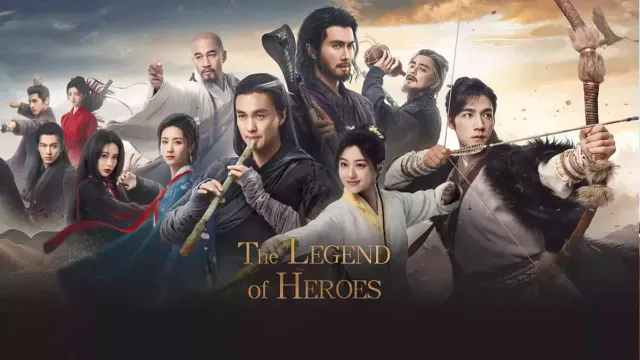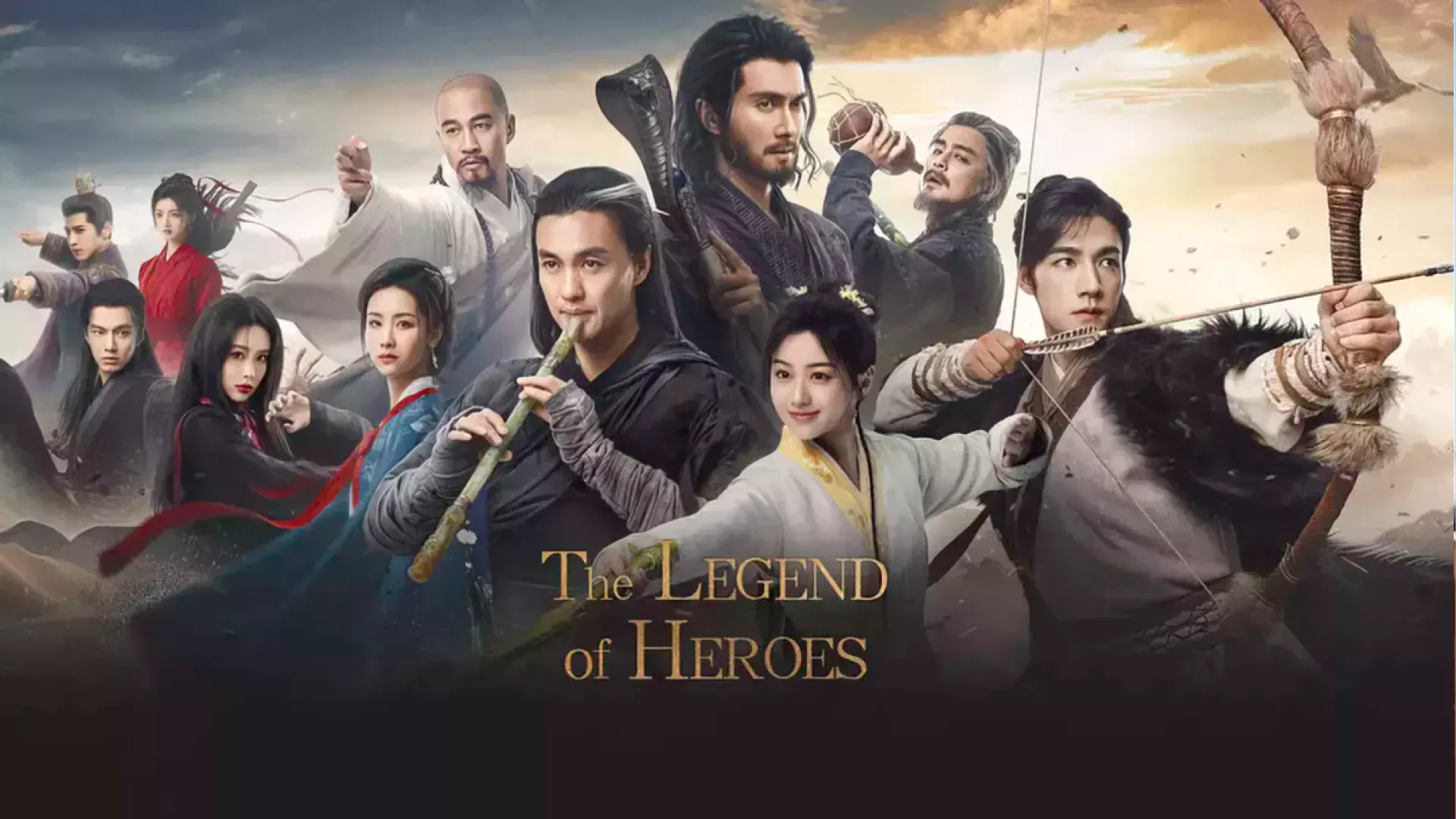Sindhu Monk (simplified: 辛都和尚, traditional: 辛都和尚, pinyin: Xīndū Héshàng, jyutping: san1 dou1 wo4 soeng6) was a Buddhist monk and martial artist during the late Song Dynasty. As a representative of the religious martial arts tradition, he embodied the intersection of spiritual practice and martial excellence that characterized many practitioners in the jianghu.
Biography
Early life and religious calling
Sindhu Monk’s early life was marked by his decision to renounce worldly life and pursue a religious path. His entry into the Buddhist order represented a commitment to spiritual development and the pursuit of enlightenment through religious practice and martial arts training.
His religious training emphasized the traditional Buddhist principles of compassion, wisdom, and inner peace, while his martial arts training provided him with the physical discipline and self-defense capabilities necessary to navigate the dangerous world of the jianghu.
Life as a Buddhist monk
As a Buddhist monk, Sindhu Monk dedicated himself to religious practice and the study of Buddhist scriptures and philosophy. His monastic life emphasized meditation, prayer, and the cultivation of inner peace and spiritual awareness.
This religious foundation influenced his approach to martial arts and his interactions with other characters in the story. His Buddhist training provided him with a unique perspective on conflict resolution and the use of martial arts for self-defense rather than aggression.
Martial arts development
Sindhu Monk’s martial arts development was influenced by his religious training and his understanding of Buddhist principles. His approach to martial arts emphasized the development of both physical skills and spiritual awareness, creating a unique combination of religious devotion and martial excellence.
This development reflected the traditional Chinese approach to combining religious practice with martial arts training, where physical discipline was seen as a path to spiritual development and inner peace.
Personality and traits
Religious devotion
Sindhu Monk’s most defining characteristic was his deep religious devotion and his commitment to Buddhist principles. This devotion influenced all of his actions and decisions throughout his life, leading him to approach various challenges with compassion and wisdom.
This religious devotion extended beyond simple religious practice to include the application of Buddhist principles in his daily life and his interactions with others. His ability to maintain his spiritual focus even in challenging circumstances demonstrated the depth of his religious commitment.
Compassion and wisdom
Sindhu Monk’s Buddhist training had instilled in him a deep sense of compassion for all living beings and a wisdom that came from his religious practice and meditation. These qualities influenced his approach to conflicts and his interactions with other characters in the story.
His compassion often led him to seek peaceful resolutions to conflicts when possible, while his wisdom allowed him to understand the complex nature of human relationships and the various motivations that drove people’s actions.
Inner peace and calm
Sindhu Monk’s religious practice had developed in him a sense of inner peace and calm that remained constant even in the face of external challenges and conflicts. This inner peace made him an effective mediator and advisor in various situations.
His ability to maintain this calm in challenging circumstances demonstrated the effectiveness of his religious training and his commitment to Buddhist principles.
Martial arts abilities
Buddhist martial arts foundation
Sindhu Monk’s martial arts foundation was built upon the traditional Buddhist martial arts tradition, which emphasized the development of both physical skills and spiritual awareness. This tradition combined practical self-defense techniques with religious principles and meditation practices.
His training included both internal and external martial arts, with particular emphasis on developing neili through meditation and breathing exercises. This foundation provided him with the strength and endurance necessary to engage in extended combat situations while maintaining his spiritual composure.
Meditation and neili
Sindhu Monk’s mastery of meditation and neili cultivation represented one of the most important aspects of his martial arts abilities. His ability to enter deep meditative states allowed him to develop and control his neili more effectively than many other practitioners.
This neili development enhanced the effectiveness of his martial arts techniques and provided him with the foundation necessary for both combat and religious practice.
Defensive techniques
Sindhu Monk’s martial arts approach emphasized defensive techniques and the ability to protect oneself and others without causing unnecessary harm. His training included various blocking, evasive, and restraining techniques that reflected his Buddhist commitment to non-violence.
These defensive techniques were particularly effective in situations where he needed to protect himself or others while minimizing harm to his opponents.
Relationships
Religious community
Sindhu Monk’s primary relationships within the jianghu were with other members of the Buddhist community and religious practitioners. These relationships were characterized by mutual respect and shared commitment to religious principles and spiritual development.
His connections within the religious community provided him with support and guidance in various situations, while also requiring him to fulfill various religious obligations and responsibilities.
Martial artists
Sindhu Monk’s relationships with other martial artists reflected his unique position as a religious practitioner within the jianghu. His interactions with practitioners from other traditions often involved discussions of martial arts philosophy and the relationship between physical training and spiritual development.
These relationships demonstrated how religious practitioners could contribute to the broader martial arts community while maintaining their commitment to religious principles.
Lay followers
Sindhu Monk’s relationships with lay followers and ordinary people reflected his role as a religious teacher and spiritual guide. His ability to provide spiritual counsel and martial arts instruction to those who sought his help demonstrated the practical value of his religious training and martial arts abilities.
These relationships often involved teaching basic martial arts techniques for self-defense while also providing spiritual guidance and religious instruction.
Behind the scenes
Literary significance
Sindhu Monk’s role in the novel served to illustrate the broader religious and spiritual landscape in which the main characters operated. His presence helped to establish the various ways in which religious practice and martial arts could interfaction and influence each other within the complex world of the jianghu.
His character also represented the various ways in which religious practitioners could contribute to the broader martial arts community, showing how spiritual values and martial excellence could complement each other.
Character development
Sindhu Monk’s character development throughout the story demonstrated the various challenges and opportunities that religious practitioners faced during this turbulent period. His experiences reflected the complex relationship between religious practice and martial arts, and the various ways in which these two aspects of his life could influence and support each other.
This development provided readers with insight into the broader religious and spiritual context of the story, helping to establish the realistic and complex world in which the protagonists operated.
See also
External links
- Sindhu Monk on Wikipedia
- Sindhu Monk (Chinese) on Chinese Wikipedia
- Sindhu Monk (Chinese) on Baidu Baike
- The Legend of the Condor Heroes on Wikipedia


